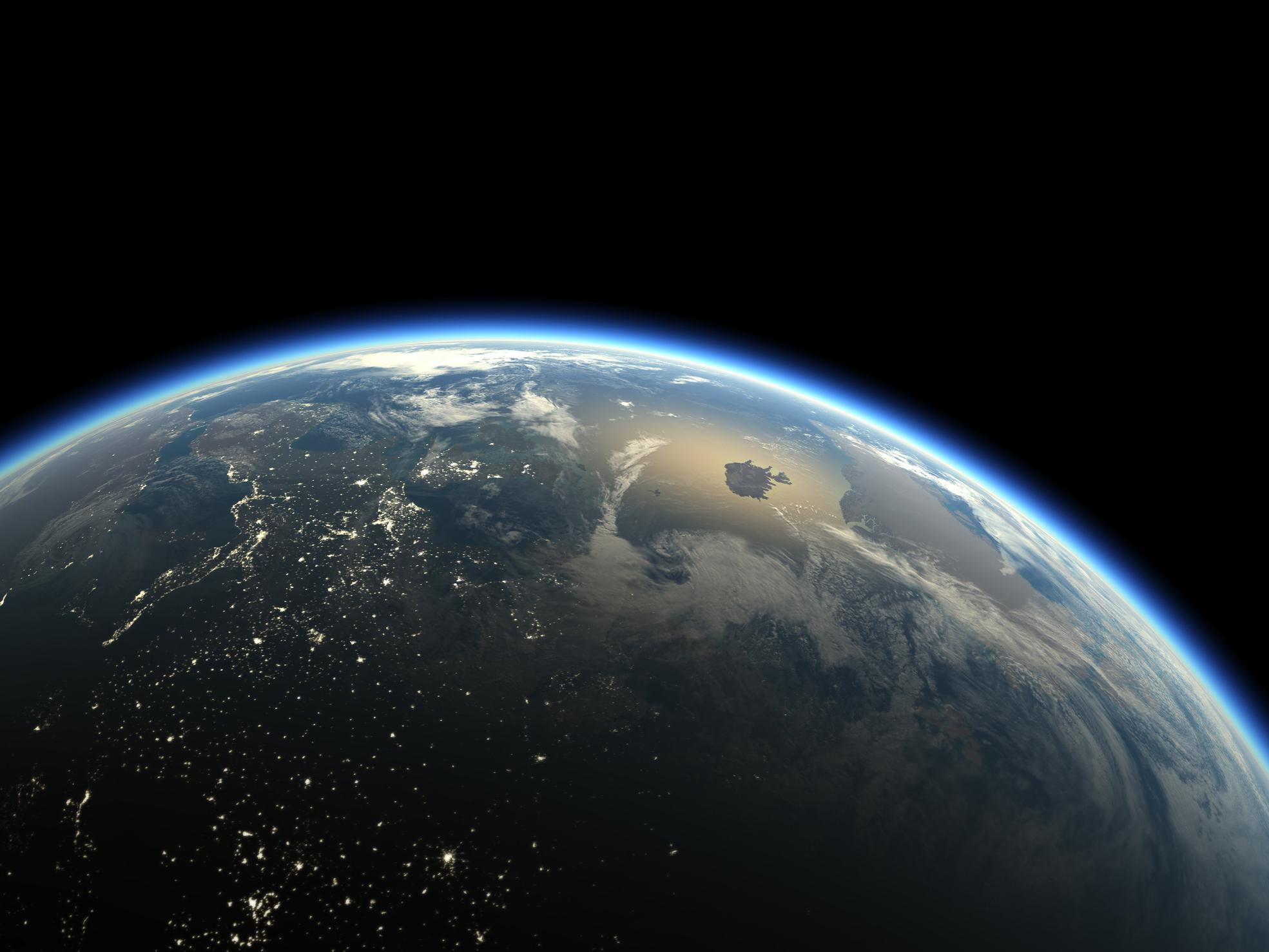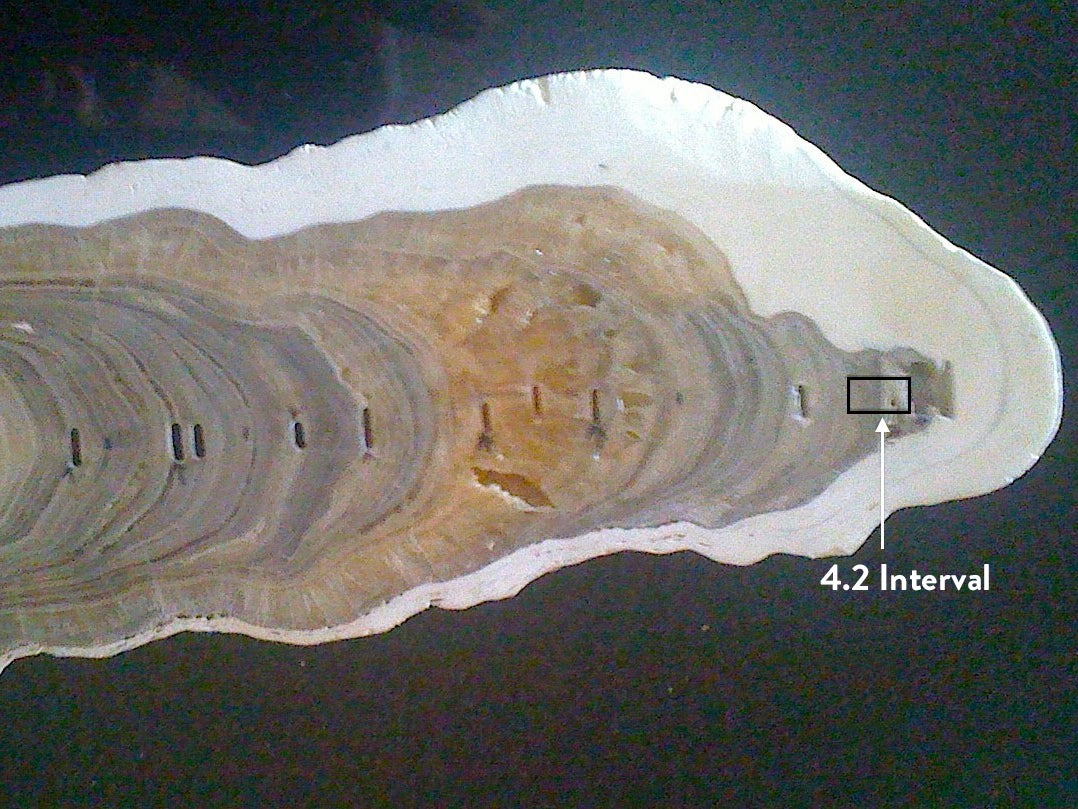‘Meghalayan Age’ announced as official new chapter in Earth’s history
Newly described period began with enormous drought 4,200 years ago

The past 4,200 years have been officially classified as a new chapter in Earth’s history – the Meghalayan Age.
Beginning with a global drought that had devastating consequences for ancient civilisations from Egypt to China, the new age is the most recent section of a longer period known as the Holocene Epoch, which reflects everything that has happened over the past 11,700 years.
The Meghalayan is unique because it is the first interval in Earth’s geological history that has coincided with a major cultural event, as agricultural societies struggled to recover from the shift in climate.
In a meeting held in June, the International Commission on Stratigraphy (ICS) announced the new division in time, which will now appear on all official charts depicting Earth’s geological past.
Geologists use the International Chronostratigraphic Chart to show the divisions in the planet’s 4.6 billion-year history, each of which is marked by major events like the break-up of continents or climate change.
Every age is characterised by its global impact and a notable change in rocks and sediments.
The concept of the Meghalayan was first proposed seven years ago due to specific chemical signatures found in stalactites and stalagmites.
A stalagmite found in the north eastern Indian state of Meghalaya has provided the best evidence of this, so far and therefore gave its name to the new age.
Two other new phases within the Holocene – the Greenlandian and Northgrippian stages – were also identified based on ice cores sampled in Greenland, and together with the stalagmite they have been placed in protected archives for further study.
However, some researchers have objected to the Meghalaya’s creation, especially as there are ongoing discussions about the definition of a new geological period based on human activity – the “Anthropocene”.

Scientists like Professor Mark Maslin from University College London, who have been involved in the Anthropocene debate, have voiced their concerns about the abrupt imposition of this new age.
"After the original paper and going through various committees, they've suddenly announced [the Meghalayan] and stuck it on the diagram,” he told the BBC.
“It's official, we're in a new age; who knew?”
“We have lots of new definitions that perhaps now contradict the Anthropocene Working Group and go against what most scientists perceive to be the most important change on Earth in the last 10,000 years."
While the concept of an Anthropocene has been popularised in environmental circles as a symbol of the harm humans are causing to the planet, it too is a source of controversy. Many scientists have argued that while the name is eye-catching, it lacks the geological evidence to back it up.
Join our commenting forum
Join thought-provoking conversations, follow other Independent readers and see their replies
Comments
Bookmark popover
Removed from bookmarks